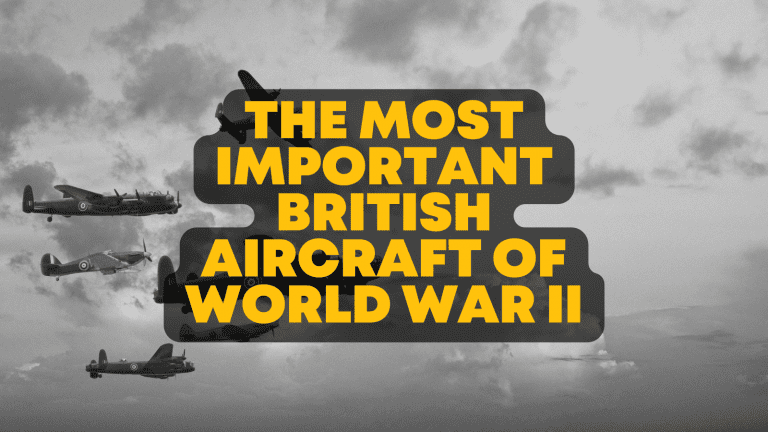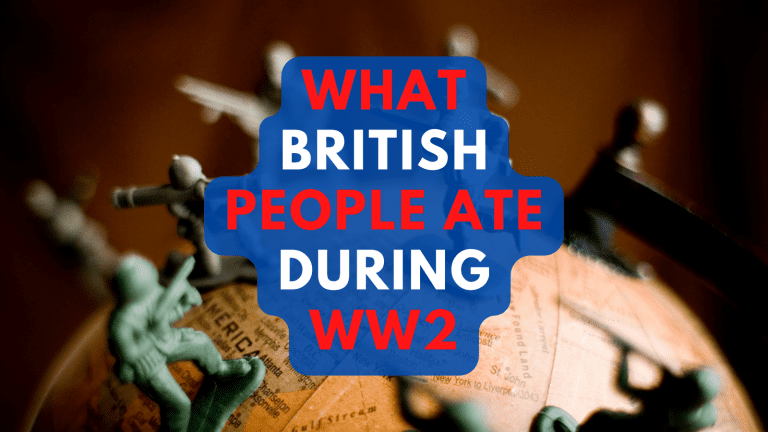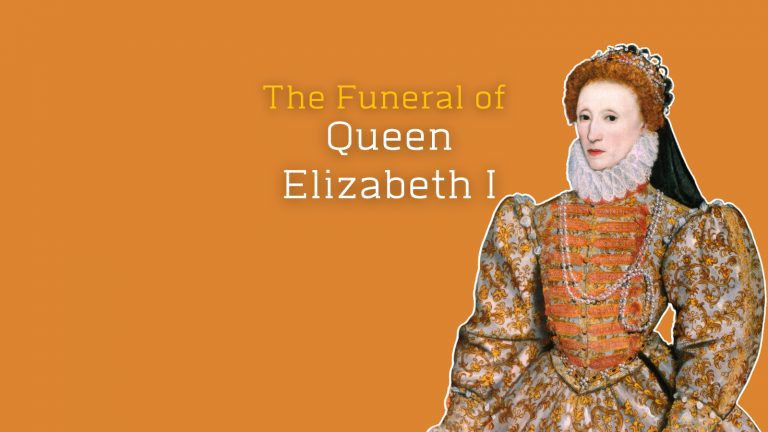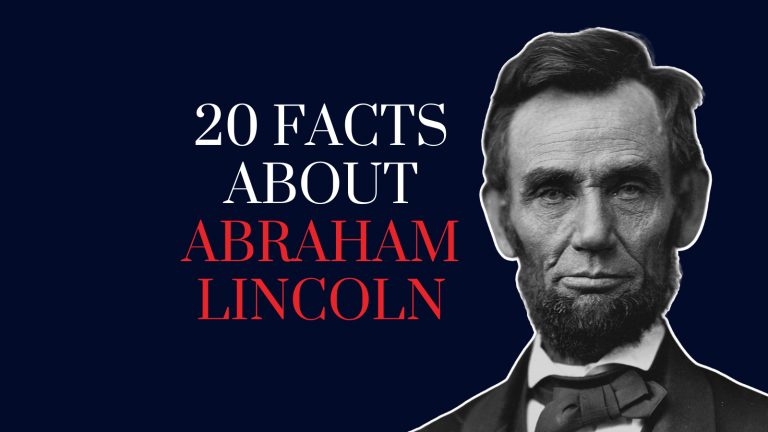What did Queen Elizabeth II do during World War 2?
Born Elizabeth Alexandra Mary Windsor on April 21st, 1926, to the then Duke of York (later King George VI) and his wife Elizabeth Bowes-Lyon, the present Queen, Elizabeth II has certainly had a unique life. However, her experiences of the Second World War featured many parallels to the average London child in the war.
[/et_pb_text][/et_pb_column][/et_pb_row][et_pb_row _builder_version=”4.14.8″ _module_preset=”default” global_colors_info=”{}”][et_pb_column type=”4_4″ _builder_version=”4.14.8″ _module_preset=”default” global_colors_info=”{}”][et_pb_text _builder_version=”4.14.8″ _module_preset=”default” global_colors_info=”{}”]The Queen was evacuated to Windsor Castle
[/et_pb_text][/et_pb_column][/et_pb_row][et_pb_row _builder_version=”4.14.8″ _module_preset=”default” column_structure=”1_5,3_5,1_5″][et_pb_column _builder_version=”4.14.8″ _module_preset=”default” type=”1_5″][/et_pb_column][et_pb_column _builder_version=”4.14.8″ _module_preset=”default” type=”3_5″][et_pb_image src=”http://historywithhenry.com/wp-content/uploads/2022/02/1-11.png” _builder_version=”4.14.8″ _module_preset=”default” alt=”What did Queen do during world war 2″ title_text=”1″ hover_enabled=”0″ sticky_enabled=”0″][/et_pb_image][/et_pb_column][et_pb_column _builder_version=”4.14.8″ _module_preset=”default” type=”1_5″][/et_pb_column][/et_pb_row][et_pb_row _builder_version=”4.14.8″ _module_preset=”default” global_colors_info=”{}”][et_pb_column type=”4_4″ _builder_version=”4.14.8″ _module_preset=”default” global_colors_info=”{}”][et_pb_text _builder_version=”4.14.8″ _module_preset=”default” global_colors_info=”{}”]Queen Elizabeth, then Princess Elizabeth, was only 13 when war broke in 1939; she faced many of the same thoughts and fears as her fellow teenage Britons as the reality of bombing and loss of loved ones set in. As children across London were evacuated to the countryside to escape the Blitz, Elizabeth and her younger sister Margaret were no different as they left Buckingham Palace. Together the sisters were moved to the safety of Windsor Castle as their parents remained at home in solidarity with fellow Londoners who stayed in the capital and withstood the bombings. Even in the safety of the countryside, the young sisters faced the same changes to life as children up and down the country as air-raid shelters were built and blackout curtains went up.
[/et_pb_text][/et_pb_column][/et_pb_row][et_pb_row _builder_version=”4.14.8″ _module_preset=”default” global_colors_info=”{}”][et_pb_column type=”4_4″ _builder_version=”4.14.8″ _module_preset=”default” global_colors_info=”{}”][et_pb_text _builder_version=”4.14.8″ _module_preset=”default” global_colors_info=”{}”]The Crown Jewels were hidden in Windsor Castle
[/et_pb_text][/et_pb_column][/et_pb_row][et_pb_row _builder_version=”4.14.8″ _module_preset=”default” global_colors_info=”{}”][et_pb_column type=”4_4″ _builder_version=”4.14.8″ _module_preset=”default” global_colors_info=”{}”][et_pb_text _builder_version=”4.14.8″ _module_preset=”default” global_colors_info=”{}”]Alongside the young sisters Elizabeth and Margaret, the Crown Jewels were being moved to the safety of Windsor Castle from their home at the Tower of London. In a 2019 interview, Queen Elizabeth would reveal that her father, George VI, hid the crown jewels in a biscuit tin beneath Windsor Castle in a hidden chamber. A fact that Elizabeth herself was not aware of as she was still so young and had no reason to know the details of such issues when already dealing with the stress of being separated from her parents.
It was a good job that the sisters and Crown Jewels were moved to Windsor Castle when they were, as their usual residence would be bombed in September of 1940. On September 8th, a high explosive bomb would fall within the grounds of Buckingham Palace, luckily failing to explode on contact with the ground. But just a few days later, on Friday 13th, bombs would strike the palace and explode. Five explosives would hit Buckingham Palace, damaging the Victoria Memorial, Palace Gates, and Royal Chapel. Four members of palace staff would be injured in the incident, with one later succumbing to the injuries they sustained. Despite this, King George and the Queen would stay in London in solidarity with those who had also had their homes damaged in bombings across the nation. It was a move that would garner respect from the public who had no choice to flee to the countryside like their children or wealthier counterparts.
[/et_pb_text][/et_pb_column][/et_pb_row][et_pb_row _builder_version=”4.14.8″ _module_preset=”default” global_colors_info=”{}”][et_pb_column type=”4_4″ _builder_version=”4.14.8″ _module_preset=”default” global_colors_info=”{}”][et_pb_text _builder_version=”4.14.8″ _module_preset=”default” global_colors_info=”{}”]Princess Elizabeth’s Children’s Hour radio speech
[/et_pb_text][/et_pb_column][/et_pb_row][et_pb_row _builder_version=”4.14.8″ _module_preset=”default” column_structure=”1_5,3_5,1_5″][et_pb_column _builder_version=”4.14.8″ _module_preset=”default” type=”1_5″][/et_pb_column][et_pb_column _builder_version=”4.14.8″ _module_preset=”default” type=”3_5″][et_pb_image src=”http://historywithhenry.com/wp-content/uploads/2022/02/2-10.jpg” _builder_version=”4.14.8″ _module_preset=”default” alt=”What did Queen do during world war 2″ title_text=”2″ hover_enabled=”0″ sticky_enabled=”0″][/et_pb_image][/et_pb_column][et_pb_column _builder_version=”4.14.8″ _module_preset=”default” type=”1_5″][/et_pb_column][/et_pb_row][et_pb_row _builder_version=”4.14.8″ _module_preset=”default” global_colors_info=”{}”][et_pb_column type=”4_4″ _builder_version=”4.14.8″ _module_preset=”default” global_colors_info=”{}”][et_pb_text _builder_version=”4.14.8″ _module_preset=”default” custom_padding=”3px|||||” global_colors_info=”{}”]Even through all of these changes and building fear, Princess Elizabeth stood tall and put on her first show of leadership as she made her first public speech on the 13th of October 1940. Addressing the children of Britain and the Commonwealth realm, Elizabeth and her sister spoke on Children’s Hour, a radio slot from 5-6 pm aimed at children aged 5-15 years old. Sharing the experiences of moving away from home and being separated from her parents, Elizabeth expressed ‘true sympathy’ for those in the same situation as herself. She would go on to specially mention the few thousand children who were moved overseas to the United States and Canada. Staying positive, Princess Elizabeth spoke of the new sights and great adventures these children must have been having but also reminded them that they were ‘missed by the fellow children who remained in Britain’. Wrapping up the speech, Elizabeth made the poignant and moving statement, ‘and when peace comes, remember it will be for us, the children of today, to make the world of tomorrow, a better and happier place.’
[/et_pb_text][/et_pb_column][/et_pb_row][et_pb_row _builder_version=”4.14.8″ _module_preset=”default” global_colors_info=”{}”][et_pb_column type=”4_4″ _builder_version=”4.14.8″ _module_preset=”default” global_colors_info=”{}”][et_pb_text _builder_version=”4.14.8″ _module_preset=”default” global_colors_info=”{}”]Princess Elizabeth’s WW2 allotment
[/et_pb_text][/et_pb_column][/et_pb_row][et_pb_row _builder_version=”4.14.8″ _module_preset=”default” global_colors_info=”{}”][et_pb_column type=”4_4″ _builder_version=”4.14.8″ _module_preset=”default” global_colors_info=”{}”][et_pb_text _builder_version=”4.14.8″ _module_preset=”default” global_colors_info=”{}”]As the war progressed, Princess Elizabeth would become increasingly involved with campaigns in support of the war effort. As millions of Britons up and down the country were impacted by the newly imposed rationing rules that had come into place, the Dig For Victory campaign would start. The campaign was initially launched in 1941 as Britain’s international exports of food from across the Atlantic began to slow. The public was encouraged to grow their own food in their gardens as spaces like public parks were transformed into vegetable patches to support the community. Princess Elizabeth was no different to the people across the isles growing food to help support Windsor Castle. Photographed in 1943, Elizabeth tended her allotment plot on the grounds of Windsor Castle to keep the idea in the public eye and show that everyone had to pull their weight in the war.
[/et_pb_text][/et_pb_column][/et_pb_row][et_pb_row _builder_version=”4.14.8″ _module_preset=”default” global_colors_info=”{}”][et_pb_column type=”4_4″ _builder_version=”4.14.8″ _module_preset=”default” global_colors_info=”{}”][et_pb_text _builder_version=”4.14.8″ _module_preset=”default” global_colors_info=”{}”]Honorary Colonel of the Grenadier Guards
[/et_pb_text][/et_pb_column][/et_pb_row][et_pb_row _builder_version=”4.14.8″ _module_preset=”default” global_colors_info=”{}”][et_pb_column type=”4_4″ _builder_version=”4.14.8″ _module_preset=”default” global_colors_info=”{}”][et_pb_text _builder_version=”4.14.8″ _module_preset=”default” global_colors_info=”{}”]When Princess Elizabeth turned 16 in 1942, she would be named Honourary Colonel of the Grenadier Guards. On her birthday, she would undertake her first inspection of a military regiment at a parade at Windsor Castle. Two years later, when she turned 18, she joined the Auxiliary Territorial Service, the women’s branch of the British military. Initially, the Princess’ parents dug their heels in at the idea of her joining the military, but Elizabeth would persist and join the force after some coaxing of her parents. King George VI ensured that his daughter was given no special treatment and started out as a Second Subaltern like any other woman first joining the ATS.
[/et_pb_text][/et_pb_column][/et_pb_row][et_pb_row _builder_version=”4.14.8″ _module_preset=”default” global_colors_info=”{}”][et_pb_column type=”4_4″ _builder_version=”4.14.8″ _module_preset=”default” global_colors_info=”{}”][et_pb_text _builder_version=”4.14.8″ _module_preset=”default” global_colors_info=”{}”]The Queen was a mechanic during the Second World War
[/et_pb_text][/et_pb_column][/et_pb_row][et_pb_row _builder_version=”4.14.8″ _module_preset=”default” column_structure=”1_5,3_5,1_5″][et_pb_column _builder_version=”4.14.8″ _module_preset=”default” type=”1_5″][/et_pb_column][et_pb_column _builder_version=”4.14.8″ _module_preset=”default” type=”3_5″][et_pb_image src=”http://historywithhenry.com/wp-content/uploads/2022/02/3-10.jpg” _builder_version=”4.14.8″ _module_preset=”default” alt=”What did Queen do during world war 2″ title_text=”3″ hover_enabled=”0″ sticky_enabled=”0″][/et_pb_image][/et_pb_column][et_pb_column _builder_version=”4.14.8″ _module_preset=”default” type=”1_5″][/et_pb_column][/et_pb_row][et_pb_row _builder_version=”4.14.8″ _module_preset=”default” global_colors_info=”{}”][et_pb_column type=”4_4″ _builder_version=”4.14.8″ _module_preset=”default” global_colors_info=”{}”][et_pb_text _builder_version=”4.14.8″ _module_preset=”default” global_colors_info=”{}”]Beginning her training in early 1945 as a mechanic at Aldershot, Princess Elizabeth would finish her course and be fully competent in driving and vehicle maintenance by April. The Princess learned how to repair, deconstruct, and rebuild engines, change tires, and drive every type of vehicle she worked with, ranging from Jeeps and trucks to ambulances. Despite her desire to be no different from her fellow ATS women, Princess Elizabeth would eat her meals away from them and be taken home to Windsor Castle at the end of the day. By the end of the war, there were approximately 200,000 women in the ATS in a range of roles. Although women could not fight on the front line, they still played a crucial part in the war effort, filling jobs from cooks and telephonists to ammunition inspectors and anti-aircraft personnel. With this role as a mechanic in the ATS, Elizabeth would become the first female in the royal family to serve with the military in history.
[/et_pb_text][/et_pb_column][/et_pb_row][et_pb_row _builder_version=”4.14.8″ _module_preset=”default” global_colors_info=”{}”][et_pb_column type=”4_4″ _builder_version=”4.14.8″ _module_preset=”default” global_colors_info=”{}”][et_pb_text _builder_version=”4.14.8″ _module_preset=”default” global_colors_info=”{}”]Princess Elizabeth’s VE Day Celebrations
[/et_pb_text][/et_pb_column][/et_pb_row][et_pb_row _builder_version=”4.14.8″ _module_preset=”default” global_colors_info=”{}”][et_pb_column type=”4_4″ _builder_version=”4.14.8″ _module_preset=”default” global_colors_info=”{}”][et_pb_text _builder_version=”4.14.8″ _module_preset=”default” global_colors_info=”{}”]The fighting in Europe would come to an end on May 8th, 1945, the celebrations in the streets of the cities of Britain erupting as 6 pm came. As the sun sets on London, King George VI and his family would appear on the balcony of Buckingham Palace numerous times waving to the crowds of revellers below. At 9 pm Princesses Elizabeth and Margaret would leave the palace with an entourage to celebrate with the public on the streets of London. In her ATS uniform, Elizabeth would try to avoid being recognised by pulling down her cap over her face. In a 1985 interview, the Queen stated that that day ‘was the best of [her] life’ as she was reported to have danced in a conga line through the halls of a fancy hotel with fellow street celebrators. The group would be swept along in the festivities, not arriving back home at the palace until midnight. Elizabeth’s experience of the war would continue as she remained with the ATS in her mechanic position until the surrender of Japan in September.
[/et_pb_text][/et_pb_column][/et_pb_row][/et_pb_section]





